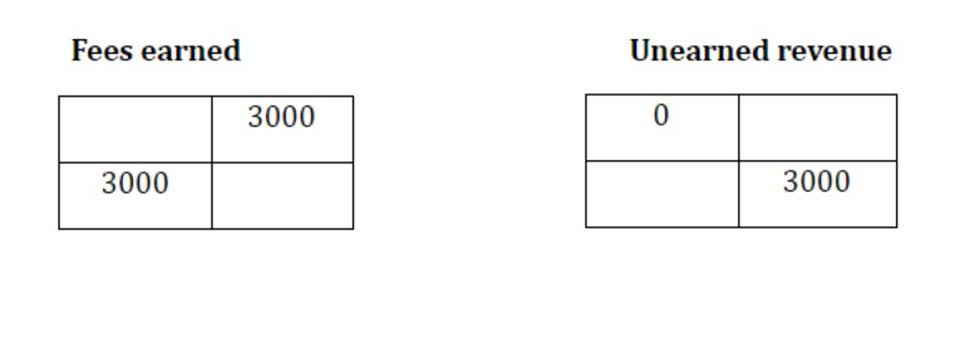
This consistency is particularly beneficial during financial audits, as it ensures that cost data is presented in a uniform manner, reducing the risk of discrepancies and errors. One of the primary benefits of standard costing in budgeting is its ability to streamline the forecasting process. With established cost benchmarks, companies can project future expenses with greater precision, reducing the likelihood of budget overruns.

Types of Standards:

Standard costs also assist the management team when making decisions about long-term pricing. In many situations, a standard is never changed apart from when shifts occurs in terms of operating methods or products. (i) The usefulness of a number of variances relating to overheads, sales margins, mix and yield is questionable. (b) Standard costing is usually confirmed to organizations whose processes or jobs are repetitive. J) It helps to trace/allocate manufacturing costs to each individual unit produced. (e) Estimating materials prices where seasonal price variations or bulk purchase discounts may be significant.

Variance and Standard Cost
Overhead costs, both variable and fixed, also play a vital role in standard costing. Variable overheads fluctuate with production levels, such as utility costs and indirect materials, while fixed overheads remain constant, like rent and salaries of permanent staff. Allocating these costs accurately ensures that the standard cost reflects the true cost of production. A simple way to assign or allocate the fixed costs is to base it on things such as direct labor hours, machine hours, or pounds of direct material.
Products
As standard cost accounting has been around for centuries and has become obsolete, sending it out to sea is time. As data models and customization are quickly becoming the new standard in business reporting, outdated legacy systems and methodology must make their exit balance sheet so organizations can survive and thrive. Finally, the standard cost can assess the financial impact of proposed company production process changes. By calculating the expected change in cost for a given change, management can make more informed decisions about whether or not to implement the change. Standard cost can thus help ensure that a company makes the most efficient and effective use of its resources.
Using An Inappropriate Methodology Leads To Incorrect Standard Costs- Standard Costing

N) The process of setting, revising and monitoring standards encourages reappraisal of methods, materials and techniques so leading to cost reductions. The Cost Accountant has to determine the units of products to be made by producing cost centres and work to be performed by service cost centres. After application of service cost centres rates to production cost centres, a standard overhead rate has to be determined for each production cost centre. Basically there are two groups of standards- quantity standards and price standards. Quantity standards are determined on the basis of engineering and technical specifications while price standards are set on the basis of standard costing system forecast of market trends. To be meaningful, while quantity standards should not be revised frequently, price standards essentially require periodic revision.
- Standard costs are based on historical data and expected levels of efficiency.
- Let’s also assume that the quality of the low-cost denim ends up being slightly lower than the quality to which your company is accustomed.
- When standard costs are less than actual costs, this indicates a degree of inefficiency in the organization.
- This system allows businesses to track actual costs against standard costs and identify areas where costs are higher than expected.
- The Direct Materials Inventory account is reduced by the standard cost of the denim that was removed from the direct materials inventory.
This cost is calculated based on the assumptions that the resources of the businesses are used efficiently and there are no wastage or inefficiencies within its processes that can be controlled. While standard costs are expected costs, the business still has to incur actual costs on the product which will often be different from the standard costs due to different reasons. If the direct Law Firm Accounts Receivable Management labor is not efficient when producing the good output, there will be an unfavorable labor efficiency variance. That inefficiency will likely cause additional variable manufacturing overhead which will result in an unfavorable variable manufacturing overhead efficiency variance. If the inefficiencies are significant, the company might not be able to produce enough good output to absorb the planned fixed manufacturing overhead costs. This in turn can also cause an unfavorable fixed manufacturing overhead volume variance.
Is there any other context you can provide?
- Fixed manufacturing overhead costs remain the same in total even though the production volume increased by a modest amount.
- If the net realizable value of the inventory is less than the actual cost of the inventory, it is often necessary to reduce the inventory amount.
- Your data on standard costing may be used to produce Key Success Indicators, which can help assess your performance in the past.
- Standard costing can effectively manage inventory levels and costs while providing valuable insights into how changes in costs or demand may impact business operations.
- The difference between the standard and actual costs is known as a variance.
The main difference between a standard and a budget is that a standard represents an expected cost, while a budget is a tool used to track actual costs. Standard costs are often used in pricing and decision-making, while budgets are typically used for financial reporting and planning. When calculating the cost of ending inventory, it can be used in place or instead of actual costs, which means you may not even know you are using this technique. But there are some other potential applications where standard costing comes into play. Other early adopters of standard costing included General Motors and Chrysler.
Just Meeting Standards is not Sufficient.
The management can make comparison of actgual costs with the standard costs at periodic intervals and take corrective action to maintain control over costs. If every unit of production is different in nature and quality, then standard costing is unsuitable. This is because, in such cases, standardization of various elements of cost is not possible. A difference between an actual cost and a budgeted or standard cost, and the actual cost is the lesser amount. In the case of revenues, a favorable variance occurs when the actual revenues are greater than the budgeted or standard revenues.
